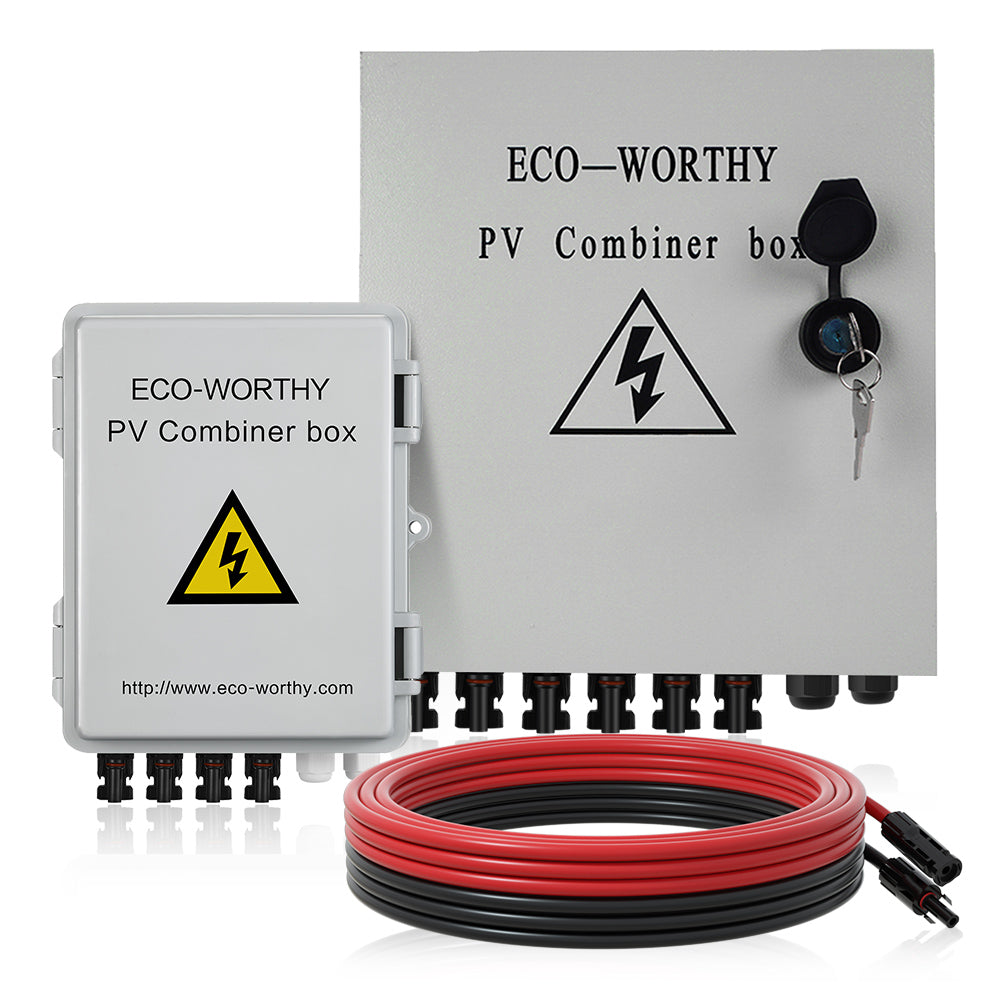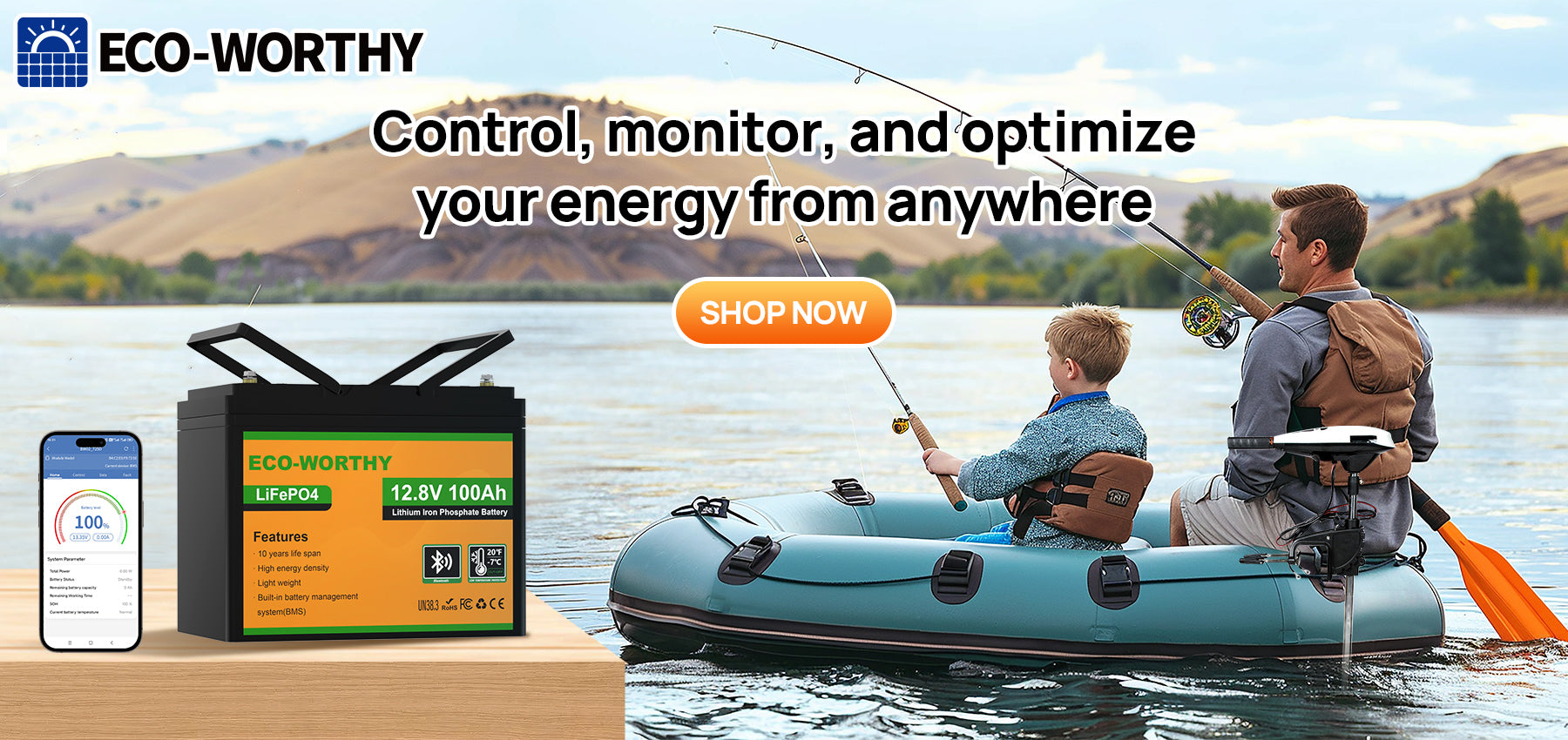
1.Overview of Solar Panel Installation Methods
2.Heat Dissipation Benefits of Vertical Installation
3.Cost-Effectiveness Analysis of Vertical Installation
4.Adaptability to Extreme Weather
5.Suitable Scenarios for Vertical Installation
Vertical Installation: A New Frontier for Solar Power Generation
In the global wave of energy transformation, solar energy is emerging as a crucial force due to its clean, sustainable nature. Solar panels, pivotal in converting sunlight into electricity, traditionally utilize horizontal installation. However, with technological advancements and innovative thinking, vertical installation of solar panels challenges this norm. This article explores the advantages of vertical installation over traditional horizontal methods, focusing on heat dissipation, installation costs, and resilience in extreme weather conditions. By providing a comprehensive perspective, it aims to assist readers in making informed decisions regarding the most suitable solar system installation for their needs.
1.Overview of Solar Panel Installation Methods

1)Common Practices for Horizontal Installation of Solar Panels:
Traditionally, solar panels are often installed horizontally on rooftops or ground surfaces. This approach includes:
- Roof Installation: In certain roof designs, solar panels are installed parallel to the roof surface, minimizing aesthetic impact while utilizing available space. This method suits flat or near-flat roof surfaces.
- Ground Installation: In agricultural or commercial settings with ample land, solar panels can be mounted on the ground. Although not strictly horizontal, ground-mounted arrays with adjustable supports can optimize panel angles seasonally.
- Special Applications: On mobile platforms like yachts or RVs, solar panels may require horizontal installation to accommodate platform movement and space constraints.
Horizontal installation offers advantages such as ease of installation, simple maintenance, and a conventional design. However, it may be susceptible to shading during sunrise/sunset and seasonal impacts in certain geographic locations.

2)Basic Comparison between Two Installation Methods:
Comparison between horizontal and vertical installation can be approached from various angles:
①Solar Utilization Efficiency: Horizontal installation typically captures maximum solar radiation at noon, whereas vertical installation ensures more uniform sunlight absorption throughout the day, albeit with lower efficiency at midday and higher efficiency in the morning/evening.
②Impact of Water and Snow Accumulation: Horizontal installations may accumulate water, snow, and face greater risks from direct hail impacts, potentially damaging panels or reducing electricity generation. Conversely, vertically installed solar panels are less prone to water, snow accumulation, dust buildup, and offer effective protection against hail.
③Installation Flexibility: Horizontal installations are generally more flexible, especially for rooftop setups utilizing existing structures. Vertical installations may require precise positioning and robust support designs to ensure panel stability.
2.Heat Dissipation Benefits of Vertical Installation:
- Impact of Heat on Solar Panel Efficiency: The efficiency of solar panels decreases with rising temperatures. When solar panels overheat, the performance of their photovoltaic materials declines, resulting in reduced electricity generation efficiency. Therefore, effective heat dissipation is crucial for maintaining high operational efficiency of solar panels.
- How Vertical Installation Enhances Heat Dissipation: Vertical installation of solar panels allows ample space behind and around the panels for unrestricted airflow, improving air circulation and facilitating rapid heat dissipation. This layout reduces heat buildup, enabling the panels to operate at lower temperatures and thereby enhancing heat dissipation efficiency.
- Effect of Improved Heat Dissipation on Electricity Generation: Enhancing heat dissipation through vertical installation can significantly improve the electricity generation efficiency of solar panels. Operating at lower temperatures allows the panels to approach their maximum output power, resulting in higher electricity production under similar sunlight conditions. Additionally, efficient heat dissipation helps protect the panels from long-term damage due to overheating, prolonging their lifespan and ensuring sustained electricity generation benefits.
3.Cost-Effectiveness Analysis of Vertical Installation:
- Traditional Installation vs. Vertical Installation: Traditional horizontal installation of solar panels often requires extensive rooftop space, which can limit installation scale, especially in urban environments with space constraints. Vertical installation utilizes building facades or other vertical surfaces effectively, optimizing space utilization rates. In areas with high land costs, this can be a significant cost-effectiveness factor. Moreover, maintenance costs for traditional installations may be higher as horizontal panels are more prone to dust and debris accumulation, necessitating more frequent cleaning. In contrast, vertical installation reduces the need for cleaning and maintenance, leading to cost savings.
- Comparison of Long-Term Investment Returns: While the initial investment for vertical installation may be comparable to or slightly higher than traditional installation, its long-term investment returns are more pronounced. Due to superior heat dissipation and lower maintenance costs, vertically installed solar panels can offer higher electricity generation efficiency and longer lifespan. Furthermore, the aesthetic appeal and integrated design with buildings in vertical installation may increase property value, providing additional economic benefits for investors. Over time, these factors significantly enhance the overall cost-effectiveness of vertical installation of solar panels.
4.Adaptability to Extreme Weather
1)Potential Damage from Hail and Snow to Solar Panels:
Extreme weather conditions such as hail and snow can physically damage solar panels, causing cracks or deformation, which in turn reduce electricity generation efficiency and shorten the lifespan of the panels. Accumulation of snow can also overload the support structure, increasing structural risks.
2)However, vertical installation of solar panels is not ideal in areas with strong winds due to the following reasons:
①Increased Wind Resistance: When solar panels are installed vertically, the surface area exposed to wind increases, thereby increasing wind resistance. Under strong wind conditions, this can elevate the mechanical stress on the solar panels, potentially leading to structural damage or reduced overall stability.
②Structural Stability: Solar panels need to be installed with consideration for structural stability and wind resistance. Vertical installation requires larger surface area exposure, necessitating stronger support and fixation mechanisms to withstand wind challenges. This increases installation costs and complexity.
③Decreased Efficiency: The efficiency of solar panels is closely related to their angle relative to the sun. Vertical installation reduces the effective surface area for solar energy absorption and conversion, thereby lowering energy absorption and conversion efficiency. In areas with strong winds, energy losses can be more significant as the panels cannot maximize sunlight utilization.
3) How Vertical Installation Mitigates These Damages:
①Self-Cleaning Effect: Solar panels installed vertically on building facades are often easier to self-clean compared to horizontally installed panels. When snow or hail falls on the panels, their vertical orientation allows for easier shedding or quicker melting under sunlight.
②Reduced Snow Thickness: During snowy weather, vertical installation typically results in less snow accumulation on the panels compared to horizontal installation. Melting snow also tends to slide off more easily from vertical surfaces.
③Minimized Hail Damage: In hailstorms, vertically installed solar panels can reduce direct impact force from hailstones, as hail often bounces off or hits with lesser speed on vertical surfaces compared to horizontal ones.

5.Suitable Scenarios for Vertical Installation
- High-Rise Buildings: In urban settings, where rooftop space on high-rise buildings is limited, vertical installation utilizes building facades or walls effectively to maximize available solar collection area without occupying limited roof space.
- Cold Regions: Vertical installation is beneficial in cold regions where snow cover can affect the efficiency of horizontally installed solar panels. Vertical installation reduces snow accumulation and minimizes direct impact from hail, enhancing system stability and reliability.
- Non-Windy Areas: Vertical installation is not suitable in regions prone to strong winds due to increased wind resistance and decreased solar energy utilization efficiency, which can affect system stability and energy output.
- Cleaning and Maintenance: In areas with heavy dust or pollution, vertical installation may facilitate easier cleaning of solar panels compared to horizontal installation, where accumulation of dust and debris is more likely.
Transitioning from horizontal to vertical installation represents not just a change in installation angle but also a revolutionary improvement in solar energy utilization efficiency. Vertical installation offers a fresh perspective, aiming to maximize benefits wherever feasible. Whether you choose horizontal or vertical installation, it is hoped that this information helps you better understand the application and advantages of solar energy technology. Through careful planning and design, solar panels can not only save energy costs for your home or business but also contribute to environmental conservation efforts. Let's work towards a more sustainable and clean energy future together.















